How to Engage Staff in Employee Wellbeing
For workplace wellbeing programmes to influence real change this relies on far more than simply putting in place a programme of outstanding content and experiences. A successful programme must be grounded in insight and underpinned by exemplary communication and management.
Here we share our 6 steps for successfully engaging staff in your wellbeing programme, supporting your people and business to thrive.
Before you begin
Barriers to success
Let’s be clear, influencing deep cultural change is no easy task! But identifying and understanding the potential barriers to engagement is the key starting point. Only by understanding what you’re up against can you put in place effective strategies to overcome these barriers.
These barriers could include ensuring you have management buy-in, securing your budget, being clear about the motivations and objectives of the programme, and perhaps also recognising any time constraints that you may have for delivering the programme.
Reasons to persist
Despite the barriers that will inevitably exist, the return is well worth your efforts:
Stress is responsible for the loss of 11.3 million working days a year.
Workplace stress is directly responsible for 25% of sickness absence, 70% of GP visits and 85% of serious illnesses.
Over 300,000 employees leave their jobs each year because of stress – according to the CIPD, recruiting a replacement can cost up to six months’ salary
‘Investing in employee wellness is linked to improved employee morale, improved engagement, improved job satisfaction, reduced presenteeism and reduced stress’
‘Companies that fail to embed wellness into their work cultures and environments will not be able to attract and retain good employees’
Sources:
UK Health & Safety Executive & Global Wellness Institute
Global Wellness Institute - The Future of Wellness at Work, 2016 Report
6 steps for successfully engaging staff in your wellbeing programme
1. Understand - get curious & paint a clear picture of what you’re dealing with and aiming for. Speak with People and Senior Management teams and invite staff input through Engagement Surveys or focus groups.
2. Curate - take time to pull together a programme which you know will engage your people. Shape the programme as a direct response to the learnings and conclusions you’ve made. Every workplace is unique - no one size fits all. Ensure you put in place clear metrics to measure success against.
3. Promote - inspire & engage. Focus on the benefits, use aspirational imagery, provide clarity on how to get involved and optimise your mix of communication channels - posters, email, face-to-face, internal champions, senior team. Also consider incentivising staff with free stuff! This could be a book or goody bag for those who attended – many brands are often open to providing samples for free.
4. Deliver - make it easy for staff to get involved, and provide a mix of different experiences. This could include a dedicated online sign up page, clearly signposted. Send diary invites and reminder emails to maximise attendance. Consider a mix of formats – advance sign-up vs. drop-in to allow for ease of participation.
5. Reinforce – provide support & inspiration to make real & lasting changes. At the most basic level, a follow up email, summarising what was covered.
6. Review - understand impact & enjoyment, to help reinforce and justify the business case for the initiative. Ensure you track attendance levels and gather staff feedback via a short survey after each session.
We’d love to talk to you
If you’re interested in learning more about how we can support you with full end-to-end management of your wellbeing programme, then we’d love to talk to you.


